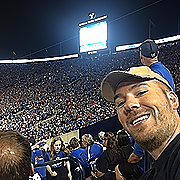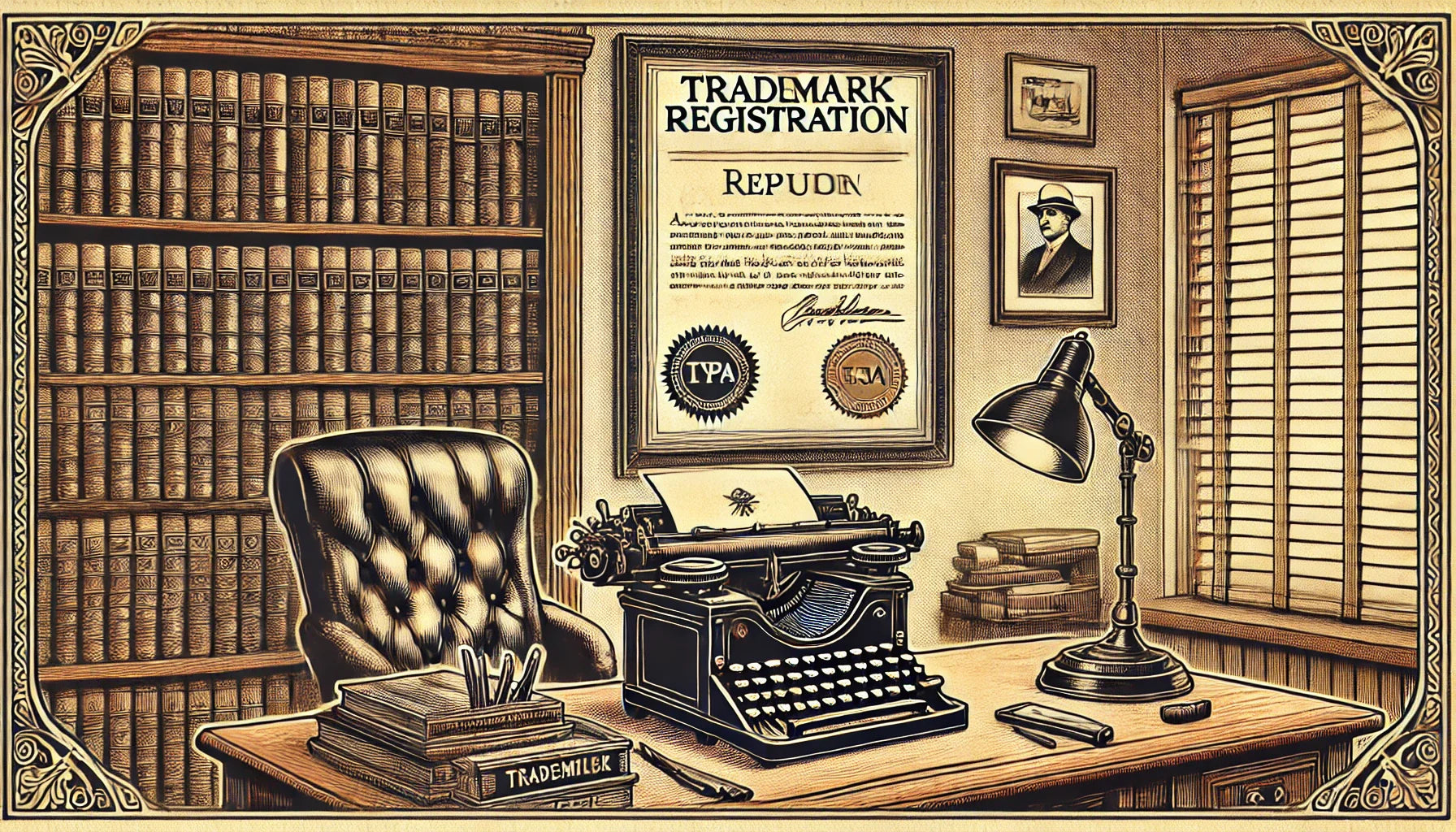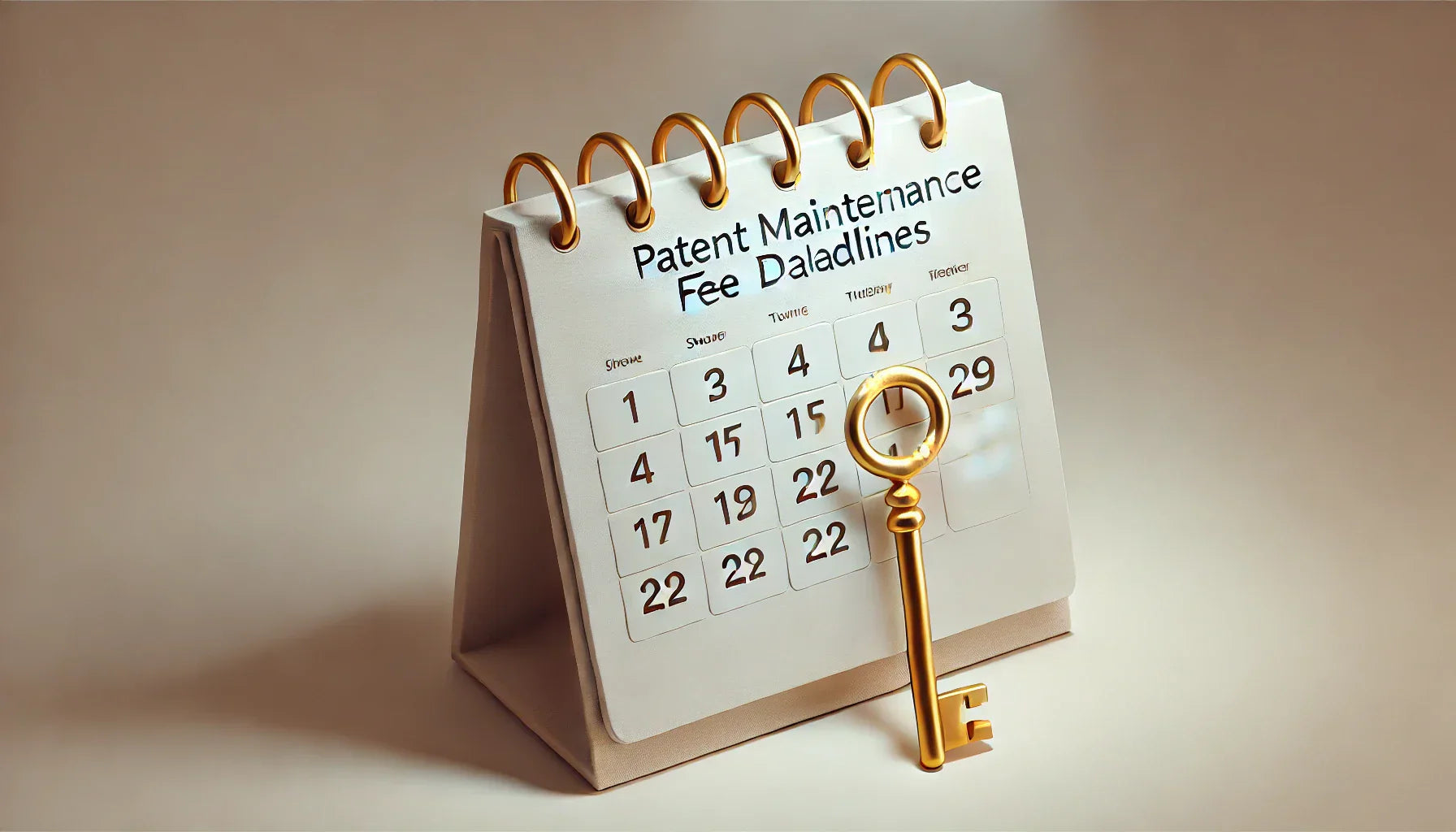What are the steps to getting a patent?
Going through the steps of getting a patent for the first time can feel a bit like exploring a jungle, you don't want to get lost.

Devin Miller (IP Attorney)
Electrical Engineer
Lawyer
Small business owner
The steps to getting a patent.
To get a patent, you will need to prepare a patent application and have it examined by the United States Patent and Trademark Office (USPTO). During examination, you may need to clarify with a patent examiner how your application is different and work with the examiner to reach an agreement regarding what your patent covers. If an agreement can be reached, the USPTO will grant your patent.
Initial meeting with a patent attorney
Once you have come up with your invention and understand it well enough to explain it to another person, it is time to meet with a patent attorney. When you meet with a patent attorney, the attorney will sit down with you and have you walk him/her through your invention and how it works. Once the patent attorney understands the invention, he/she will get to work preparing your patent application.


Preparing a patent application
To prepare the patent application, the patent attorney will have formal drawings done illustrating your invention. The patent attorney will also prepare a draft of the patent application that describes in full your invention and several variations of your invention. Once the draft is prepared, the patent attorney will work with you to make any clarification or changes needed to make sure your invention is fully described.
Submitting your patent application
Once your patent application has been prepared and any necessary revisions made, the patent attorney will submit your patent application to the USPTO for examination. Because of a backlog at the USPTO it can take anywhere from 18 months to 3 years before an examiner at the USPTO will examine your patent application.


Patent Application Examination
When the patent examiner examines your patents, he/she will determine whether it meets the standards of novelty and non-obviousness. If the examiner believes the patent application meets these standards, he/she will grant your patent. If the examiner does not believe the patent application is novel or non-obvious, the examiner will issue a rejection (known as an office action).
Dealing with Rejection
If your patent application is rejected, your patent attorney will prepare a response to the rejection arguing why your invention is different. The patent attorney may also change the claims of your patent to clarify how your patent application is different. The examiner and the patent attorney may go through one or several rounds of arguments before an agreement may be reached.


Disagreement
If an agreement cannot be reached with the examiner, you may appeal the patent examiner's decision by escalating the case to have other examiners review the patent application. Alternatively, you may decide to no longer pursue the patent application, which is called abandonment.
Agreement
If an agreement can be reached with the examiner, the examiner will allow your patent and issue a notice of allowance. When the notice of allowance is issued, you pay a fee and are then the proud owner of a patent application. To maintain your patent for its full life, you will periodically have to pay maintenance fees to the USPTO.

Our Products
Flat Fee Pricing - Straightforward for Patents and Trademarks








